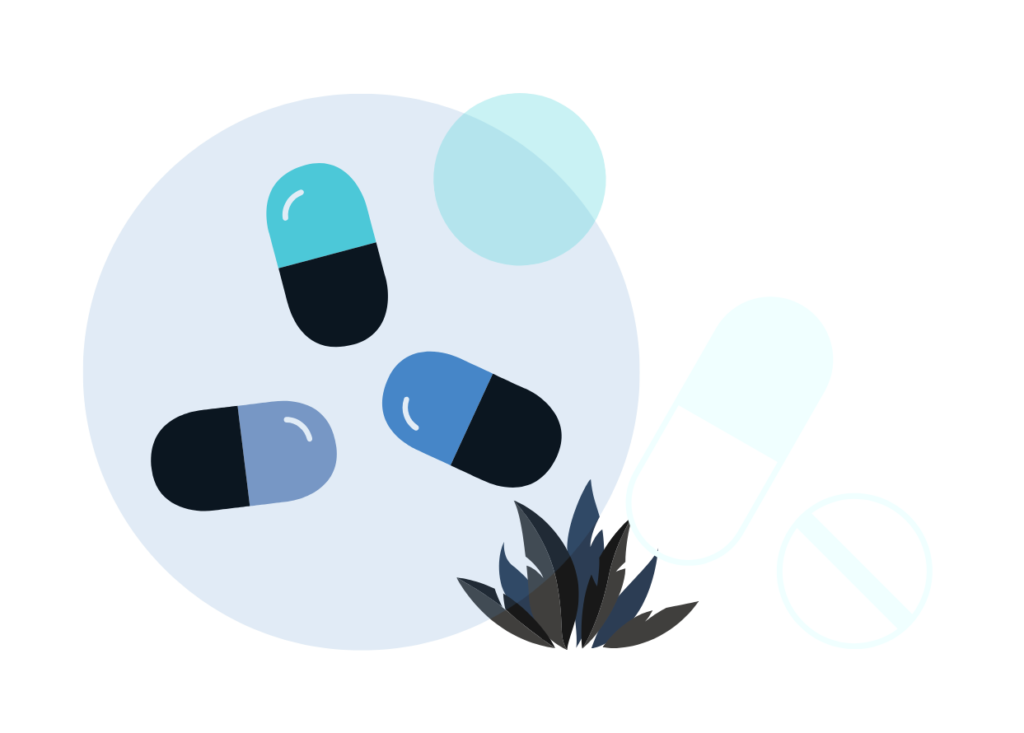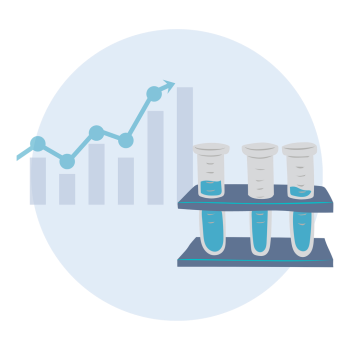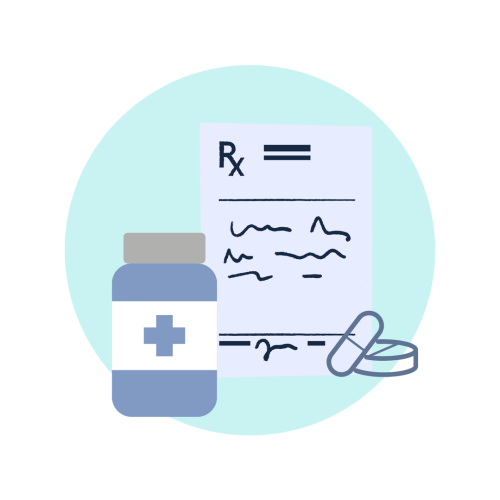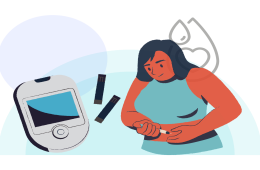4 challenges in monitoring patients taking warfarin
Number of testing and monitoring visits associated with warfarin therapy can potentially be reduced through the use of home INR monitoring devices. (3)

Challenges faced by patients taking warfarin and care providers who are monitoring them.
Warfarin is a medication that is prescribed to patients to prevent blood clots in conditions such as heart attacks, strokes, pulmonary embolism, venous thrombosis and many more. (1) Warfarin prescription can be a lifesaving intervention for many; however, it does pose some challenges that both the patient and care provider need to be wary of.
1. Monitoring INR levels
Starting warfarin therapy is challenging because body’s response to the drug might vary from person to person and is difficult to predict. Therefore, it is imperative that warfarin levels are monitored strictly. The safety and efficacy of warfarin therapy is dependent on maintaining INR levels within the target range as recommended by the international guidelines. (2)
Recommendations for monitoring patients on warfarin are as follows: When a patient starts taking the oral anticoagulant, INR should be monitored daily until INR is in the therapeutic range for at least 2 consecutive days.
Any unexpected fluctuations in INR should be thoroughly inspected as it could be due to any of the multiple factors such as diet, poor compliance, undisclosed drug use, alcohol consumption or self-medication. (2)

2. Interactions
It is important for both the patient and the care provider to keep an eye on anything that could be contributing to drug interaction with warfarin. Frequent monitoring is integral to the management plan as warfarin is associated with numerous food, drug and disease interactions. Moreover, the mechanism of action, efficacy and safety of the drug might be influenced by the same causes. (3)
Below is a list of most common drugs, supplements and foods that warfarin can interact with: (1)
Foods:
- Cranberries or cranberry juice
- Grapefruit
- Alcohol
- Garlic
- Black licorice
Supplements:
- Dong quai
- Garlic
- Ginkgo biloba
- Ginseng
- Green tea
- John’s wort
- Vitamin E
Drugs:
- Aspirin or aspirin-containing products
- Acetaminophen (Tylenol, others) or acetaminophen-containing products
- Antacids or laxatives
- Many antibiotics
- Antifungal medications, such as fluconazole (Diflucan)
- Cold or allergy medicines
- Ibuprofen (Advil, Motrin IB, others) or naproxen sodium (Aleve, others)
- Medications that treat irregular heart rhythms, such as amiodarone (Pacerone, Nexterone)
3. Complications
One of the major risks of warfarin therapy is bleeding, which correlates with INR values. (2)
Patients need to keep a lookout for the following symptoms and seek emergent care if any of these occur: (1)
Serious side effects:
- Severe bleeding, including heavier than usual menstrual bleeding
- Red or brown urine
- Black or bloody stool
- Severe headache or stomach pain
- Joint pain, discomfort or swelling, especially after an injury
- Vomiting of blood or material that looks like coffee grounds
- Coughing up blood
- Bruising that develops without a remembered injury
- Dizziness or weakness
- Vision changes
- Head injury, even without bleeding
Less serious side effects:
- Bleeding from the gums after toothbrushing
- Bleeding between menstrual periods
- Diarrhea, vomiting or inability to eat for more than 24 hours
- Fever
4. Risk factors
Patients and care providers also need to be on a look out for risk factors that can increase the risk of bleeding. These risk factors include:
- First three months of starting warfarin treatment
- Older patients
- Taking other blood thinning medications
- Genetic susceptibility
- Uncontrolled blood pressure
- A history of stroke
- Stomach ulcers, gastritis or peptic disease
- Kidney problems
- Cancer
- Alcoholism
- Liver disease
- Increased risk of falls

Conclusion:
Warfarin dosing requires frequent contact with healthcare systems because of increased risk of complications caused by multiple reasons such as drug interactions, etc. Both patients and care providers need to be on a look out for any serious adverse effects of the drug.
Long-term monitoring of warfarin means that patients are in prolonged contact with healthcare providers and make more frequent visits for laboratory testing. This places undue burden on healthcare systems.
However, number of testing and monitoring visits associated with warfarin therapy can potentially be reduced through the use of home INR monitoring devices, which allow patients to self-test and provide test results to their monitoring clinicians. (3)
In the second part of this article series, we will discuss how home INR monitoring devices can benefit both patients and providers immensely.
Bibliography
1. Warfarin side effects: Watch for interactions – Mayo Clinic [Internet]. [cited 2022 Jul 5]. Available from: https://www.mayoclinic.org/diseases-conditions/deep-vein-thrombosis/in-depth/warfarin-side-effects/art-20047592
2. Kuruvilla M, Gurk-Turner C. A review of warfarin dosing and monitoring. Proc (Bayl Univ Med Cent) [Internet]. 2001 Jul [cited 2022 Jul 5];14(3):305. Available from: /pmc/articles/PMC1305837/
3. Issues Surrounding Warfarin Therapy [Internet]. [cited 2022 Jul 5]. Available from: https://www.ajmc.com/view/issues-surrounding-warfarin-therapy
Insights
-

No-Code Tools for Managing Mental Health and Burnout in Healthcare Settings
Read more“P4” is a term that is often associated with future of medicine – prediction, prevention, personalization and patient participation. Many current health related technologies have already started moving towards the future and many more innovations are yet to come, that will make the goal of holistic medicine true.
-

Impact of health technology on diabetes management
Read more“P4” is a term that is often associated with future of medicine – prediction, prevention, personalization and patient participation. Many current health related technologies have already started moving towards the future and many more innovations are yet to come, that will make the goal of holistic medicine true.
